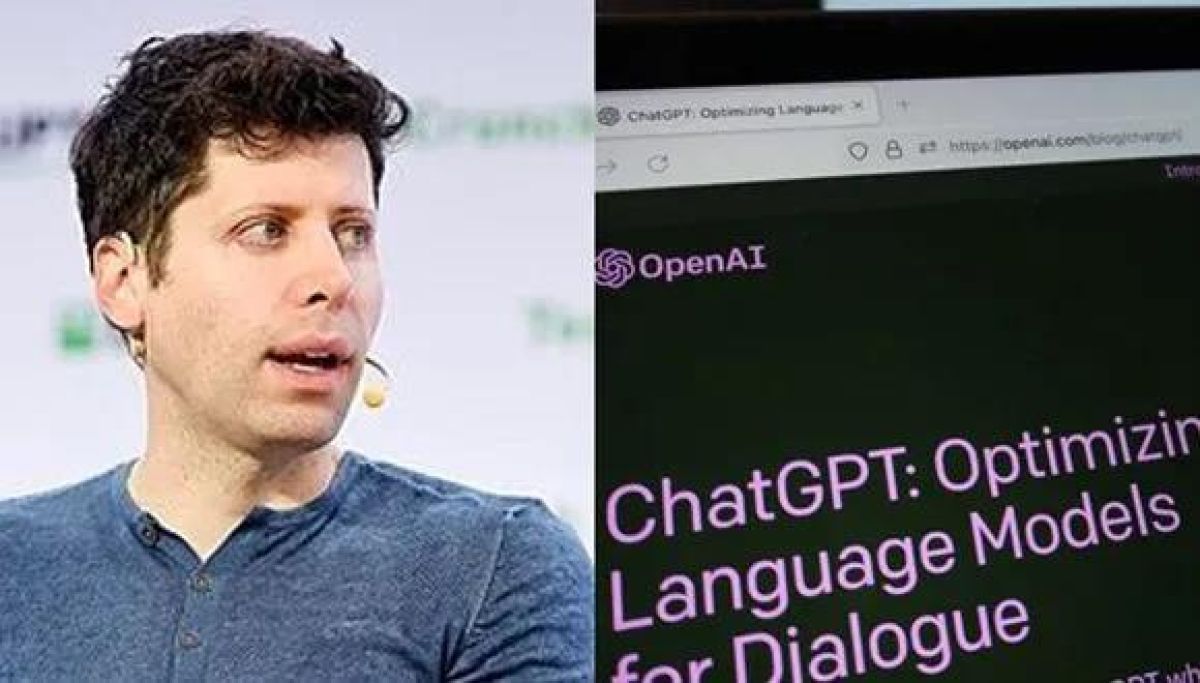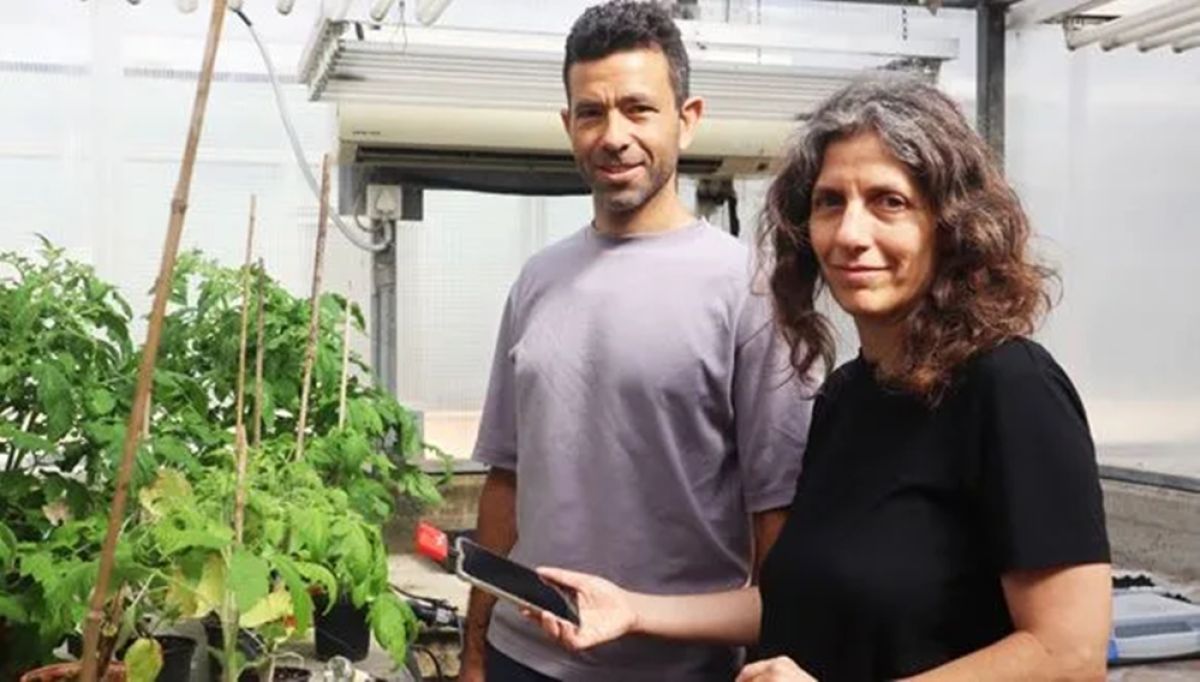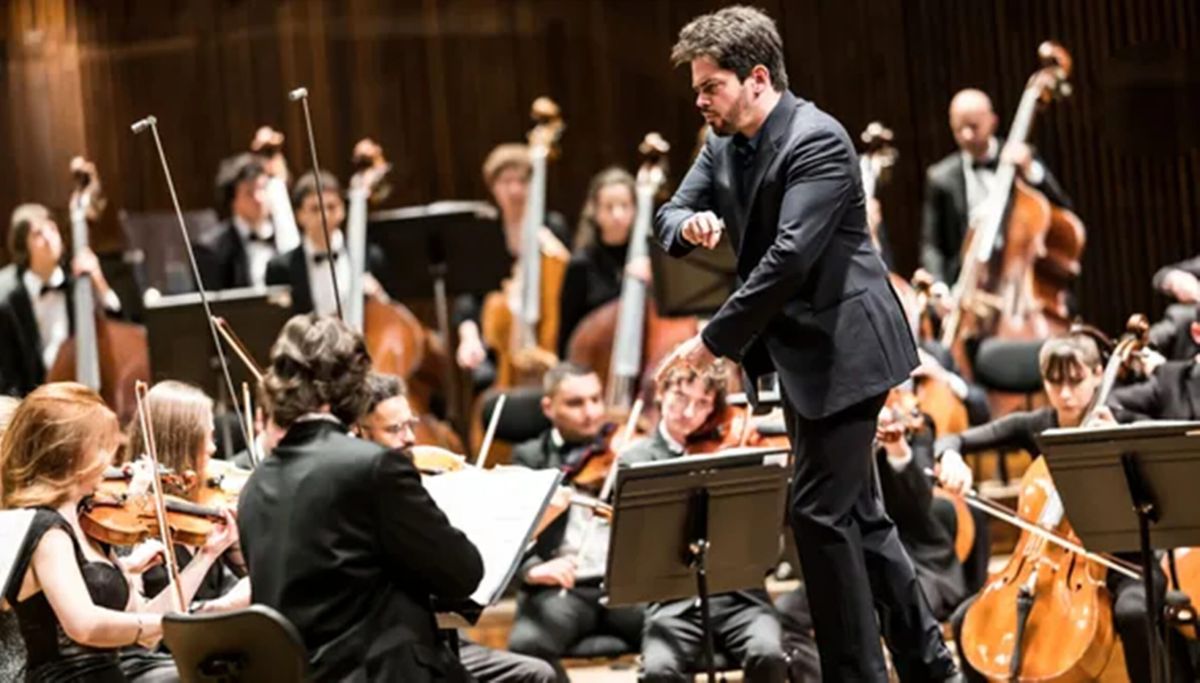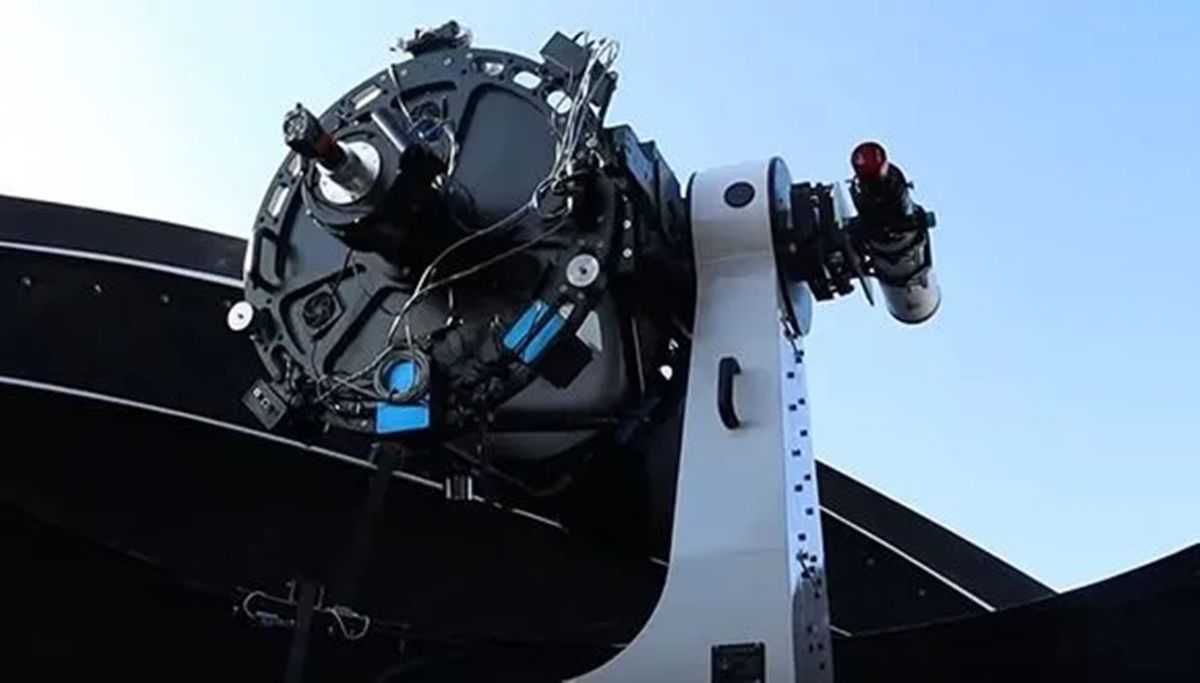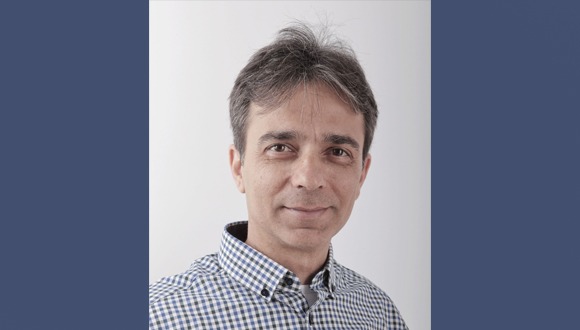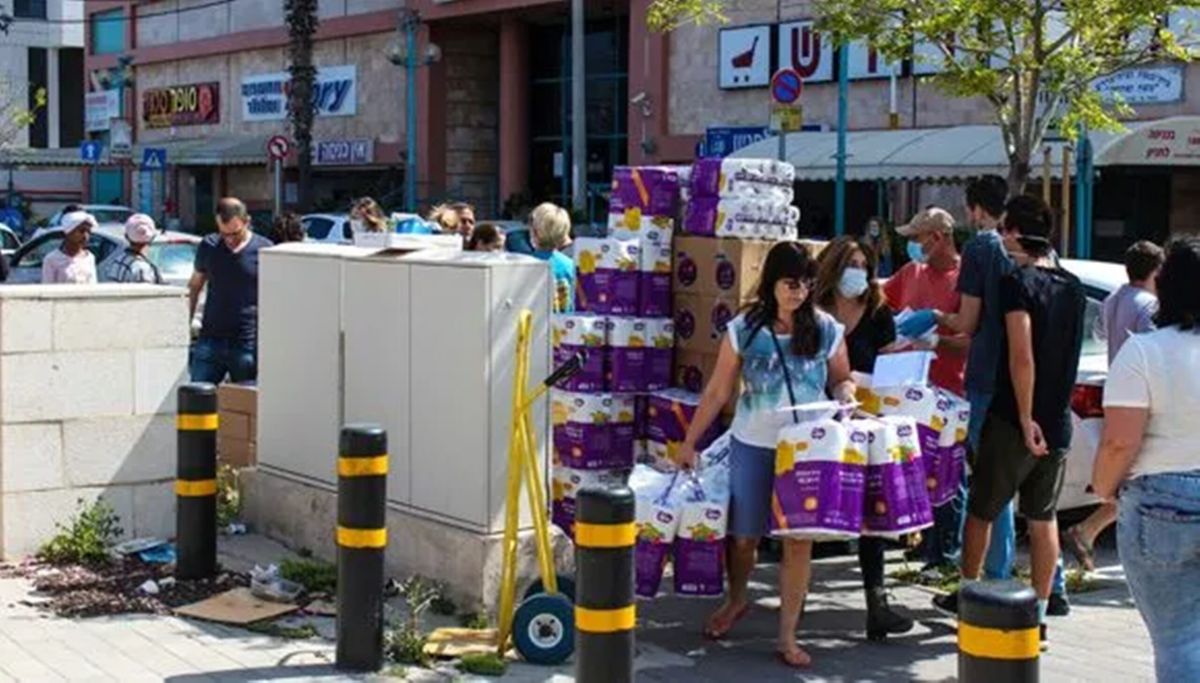Researchers from Tel Aviv University and Ben Gurion University explored the true benefit of the so-called “digital food sharing economy”: when people advertise and pass on surplus food items to others instead of throwing them away. Is this indeed an environmentally friendly practice that saves resources and significantly reduces harm to the environment? The researchers focused on the effectiveness of food sharing according to three environmental indicators: water depletion, land use, and global warming. They found that a significant proportion of the benefit to the environment is offset when the money saved is then used for purposes that have a negative environmental impact.
“While there is nothing new about sharing food, digitalization has lowered transaction costs substantially, allowing food to be shared not only within social circles of family and friends but also with absolute strangers.” Dr. Tamar Makov
Sharing Food Got Cheaper
The study was led by Tamar Meshulam, under the guidance of Dr. Vered Blass of the Porter School of Environment and Earth Sciences at the Raymond & Beverly Sackler Faculty of Exact Sciences of Tel Aviv University and Dr. Tamar Makov of Ben-Gurion University, and in collaboration with Dr. David Font-Vivanco, an expert on “rebound effect.” The article won the award for the “Best Article” at the PLATE (Product Lifetimes and the Environment) conference and was published in the Journal of Industrial Ecology.
“Food waste is a critical environmental problem,” explains Tamar Meshulam: “We all throw away food, from the farmer in the field to the consumer at home. In total, about a third of the food produced in the world is lost or wasted. This wasted food is responsible for roughly 10% of GHG [greenhouse gas] emissions, and the land area used to grow food that is then wasted is equal in size to the vast territory of Canada! That’s why it is so important to look for ways to reduce food waste and examine their potential contribution to mitigating climate change.”
According to Dr. Tamar Makov, “Internet platforms for sharing food are gaining popularity all over the world and are seen as a natural solution that can help tackle both food waste and food insecurity at the same time. While there is nothing new about sharing food, digitalization has lowered transaction costs substantially, allowing food to be shared not only within social circles of family and friends but also with absolute strangers.”
“Is it possible that at least some of the money saved is then spent on carbon intensive products and services that negate the benefit of sharing? (…) In this study, we sought to examine this troubling issue in depth.” Dr. Vered Blass
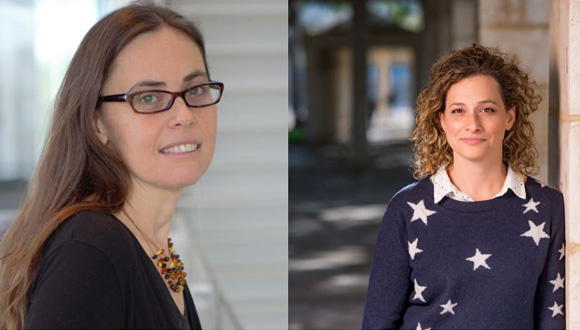
From left to right: Dr. Vered Blass (Tel Aviv University) and Dr. Tamar Makov (Ben-Gurion University)
Where Does the Money Go?
“At the same time, sharing platforms as well as other digitally enabled food waste reduction platforms (e.g., too good to go) can save users a lot of money, which raises the question of what do people typically do with such savings? Considering what people do with the money they save via sharing platforms is critical for evaluating environmental impacts,” notes Makov.
Dr. Vered Blass adds: “Is it possible that at least some of the money saved is then spent on carbon intensive products and services that negate the benefit of sharing?” She offers an example to illustrate: “Let’s say that for one month a young couple lives only on food they obtained for free through a sharing platform, and then they decide to use the money they saved to fly abroad. In such a case, it’s obvious that the plane they will be flying in creates pollution that harms the environment more than all the benefits of sharing. In this study, we sought to examine this troubling issue in depth.”
“As long as our savings are measured in money, and the money is used for additional expenses, the rebound effect will erode our ability to reduce environmental burdens through greater efficiency.” The research team
“Rebound Effect” Detected
The researchers chose to focus on the app OLIO, an international peer-to-peer food-sharing platform, and specifically on its activity in the United Kingdom between the years 2017 and 2019.
Combining models from the fields of industrial ecology, economics, and data science, they measured the benefits of sharing food using three environmental indicators: global warming, the depletion of water sources, and land use. To understand how OLIO users spend their savings they used statistical data published by the UK Office for National Statistics on household spending by consumption purpose to as COICOP (classification of individual consumption according to purpose).
“The location in which the food-sharing took place allowed us to assign each collecting user to their UK income percentile,” shares Meshulam. “We found that about 60% of the app’s users belong to the bottom five deciles, while about 40% of the shares were carried out by the top five deciles. We also found that the second and tenth deciles made up a relatively large number of shares, so we chose to focus on them, along with data on the general population – what they spend their money on, and what the significance of these consumption habits is regarding the savings made possible by sharing.”
The researchers performed a variety of statistical analyses, which yielded fascinating findings. In many cases, there was a considerable gap, or “rebound effect” between the expected environmental benefit and the benefit that was attained.
This rebound effect changed depending on the population and the environmental impact category. Tamar Meshulam cites several examples: For the general population, 68% of the benefit was offset in the global warming category, about 35% was offset in the water depletion category, and about 40% was offset in the land use category. Furthermore, in households that used half of their savings on food, the rebound effect in all categories increased to 80-95%.
The researchers sum up: “The conclusion from our research is that the actual environmental benefits from efficiency improvements often fall short of expectations. This is because the infrastructures supporting human activities are still carbon intensive. As long as our savings are measured in money, and the money is used for additional expenses, the rebound effect will erode our ability to reduce environmental burdens through greater efficiency.”
The researchers also examined what the results would have been if the sharing had been conducted in 2011 (these results are not included in this article). A comparison with the findings of 2019 shows a significant improvement. The explanation for this is that in recent years, Britain has made great efforts to switch to renewable energies, and the impact of this is evident in the decrease of greenhouse gas emissions. The bottom line? The researchers conclude that “as our findings demonstrate, we need to combine a transition to green infrastructure with green consumerism. Each of these individually will not achieve the desired and critical impact needed for humanity and the planet.”
Featured image: Volunteers receive groceries for the elderly in Bat Yam, Israel during the coronavirus before the feast of Pesach (April 7, 2020) (Photo Credit: TAU)

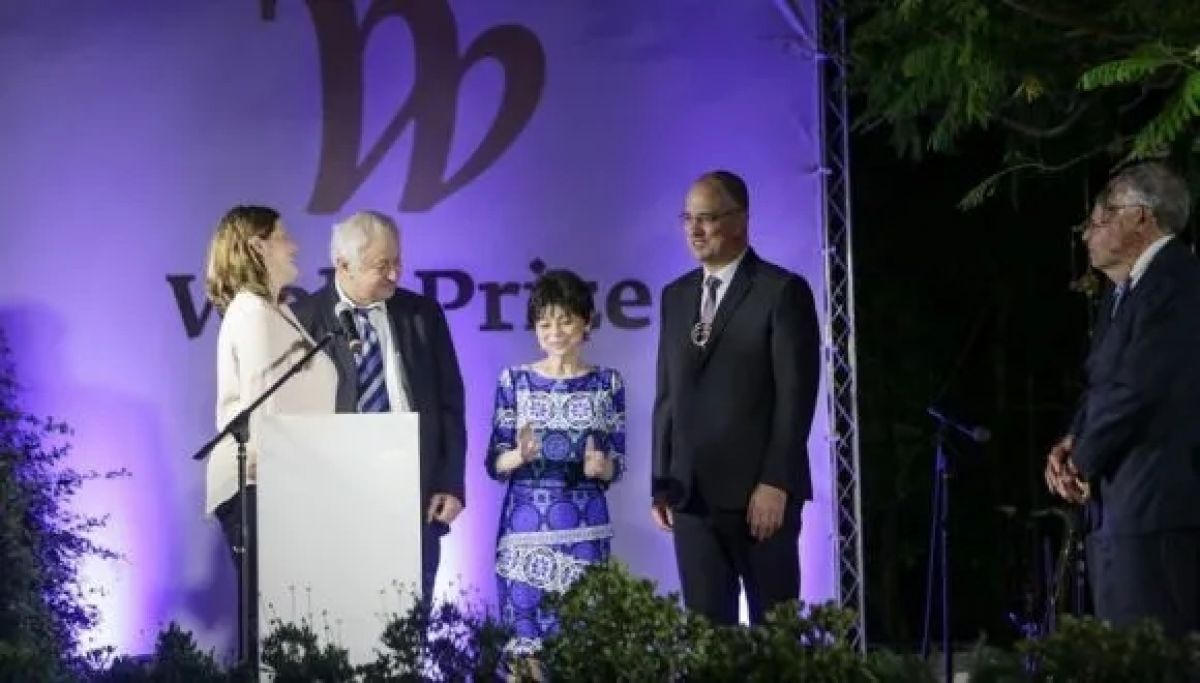
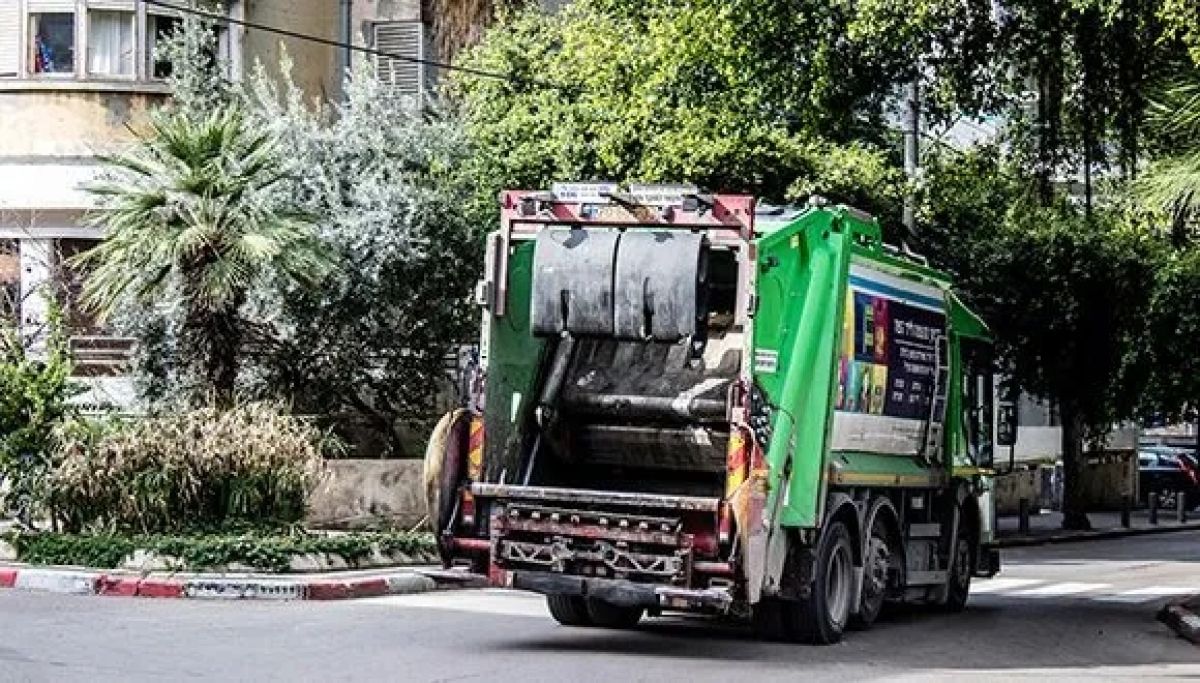
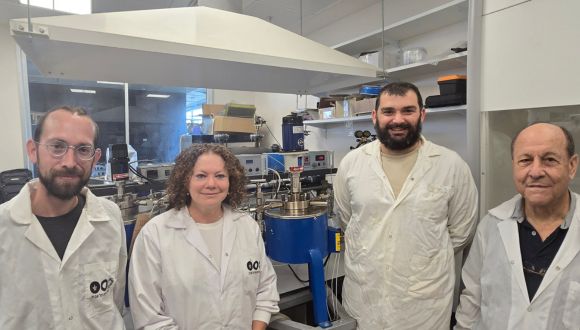
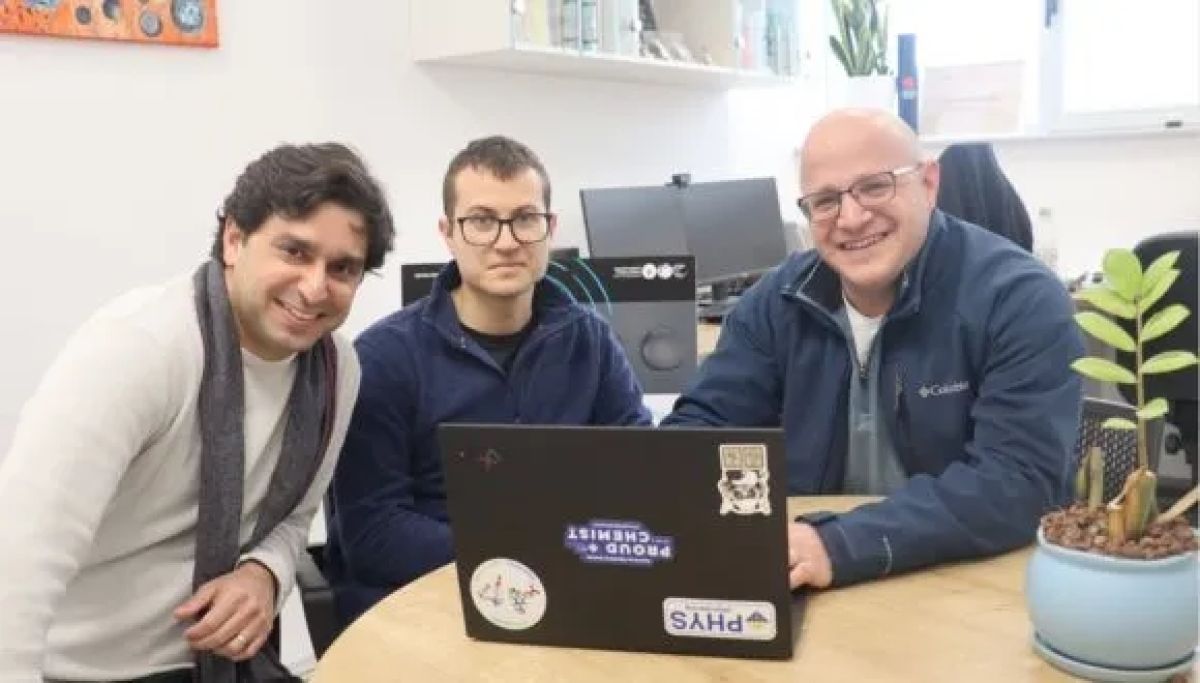
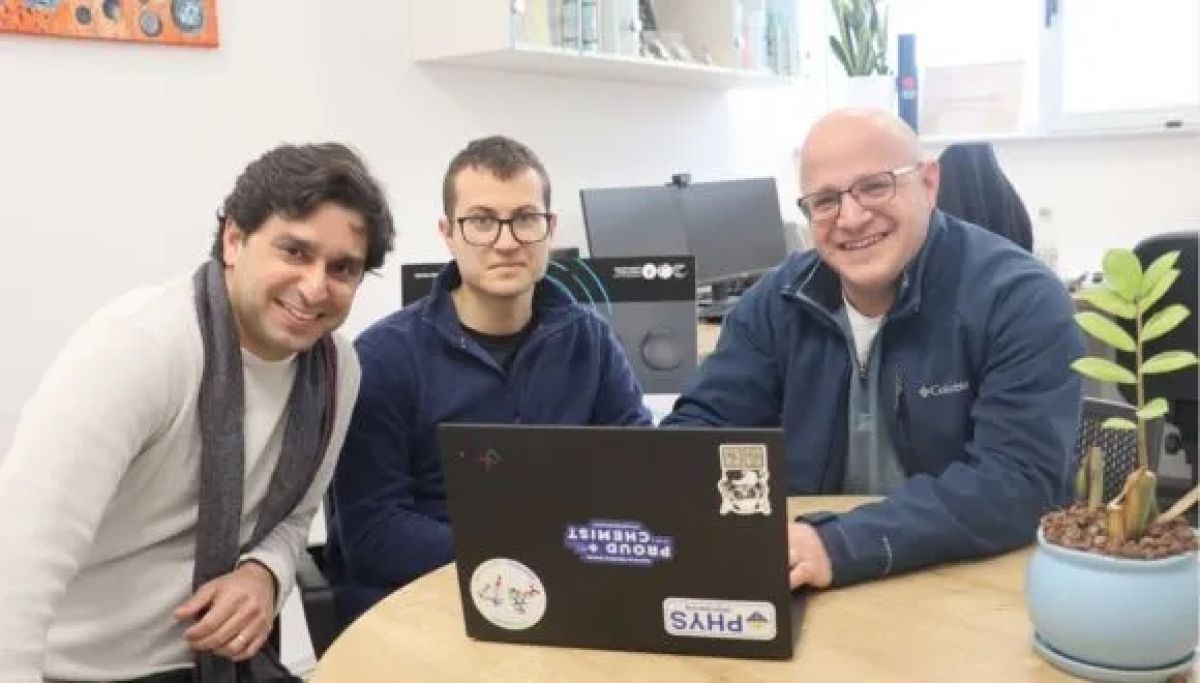


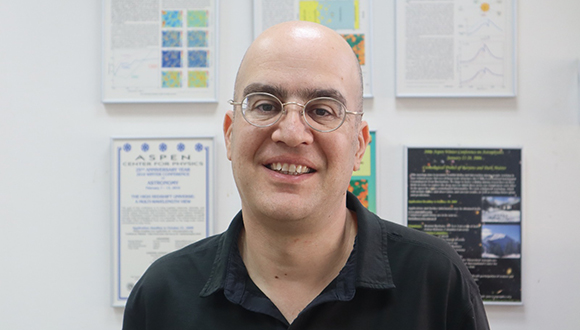 Prof. Rennan Barkana from TAU’s Sackler School of Physics and Astronomy
Prof. Rennan Barkana from TAU’s Sackler School of Physics and Astronomy
